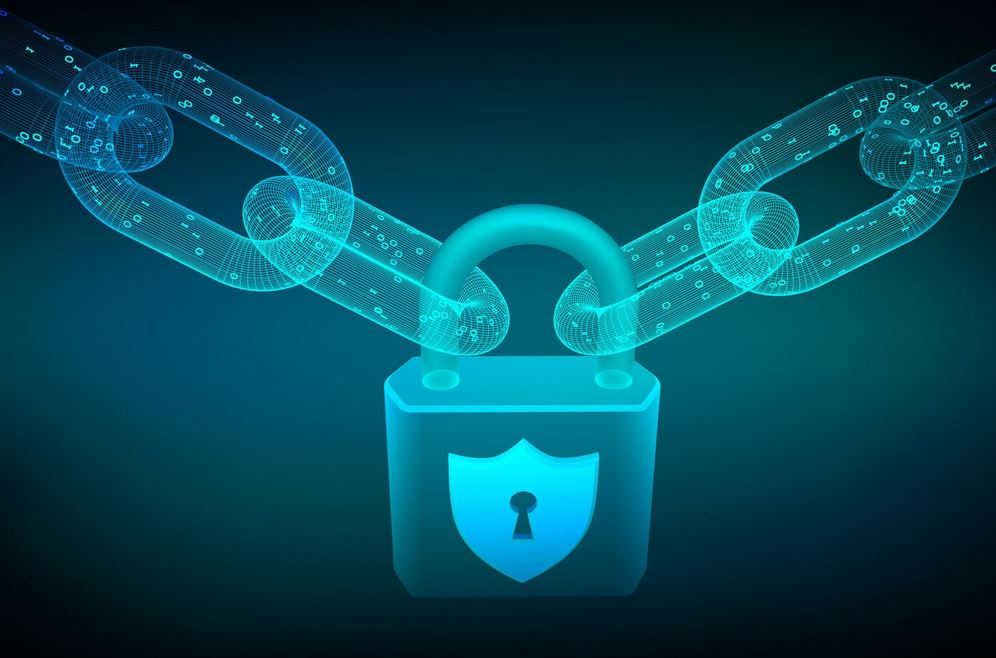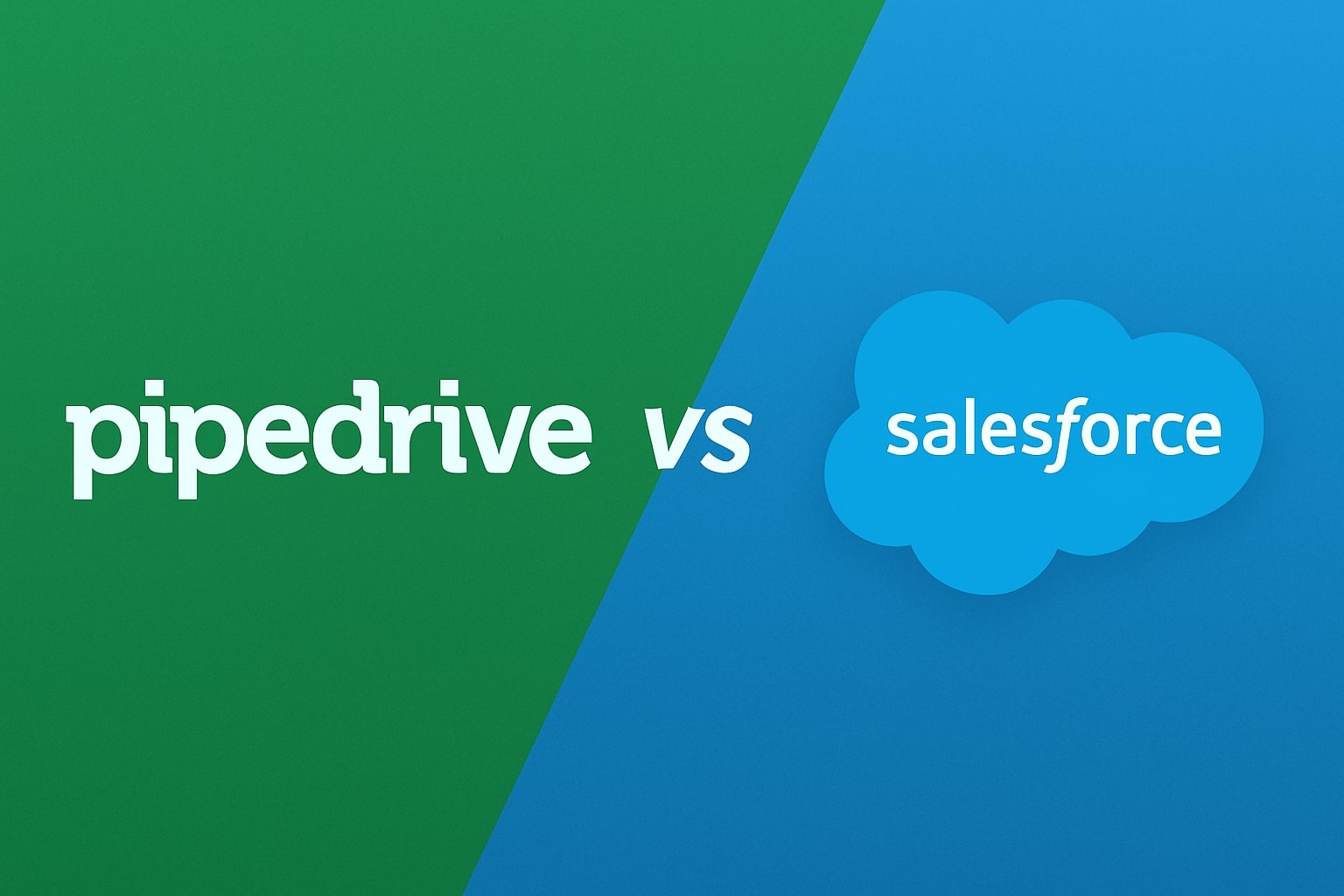The Evolution of Mail Services: The Role of AI Antispam Protection in Gmail and Zoho Mail Server

Introduction
Email services have become an irreplaceable part of our daily routine. It also became a milestone between professional and personal correspondence. Among the variety of platforms available, Gmail and Zoho Mail Server stand out, offering robust solutions for individuals and businesses worldwide. However, in the age of spam and phishing attacks, the integration of AI antispam protection, in fact, has become a necessity in safeguarding these mail services.

Gmail and Zoho Mail Server
Obviously, Gmail and Zoho Mail Server became pioneers, offering reliable and smooth mail services. In the realm of cybersecurity, the integration of AI antispam protection has emerged as a pivotal measure in the protection of these platforms against evolving threats.
Gmail, renowned for its user-friendly interface and expansive features, has implemented AI technology to combat the constant loads of spam. By employing machine learning algorithms, Gmail investigates incoming emails, discerning patterns and behaviors to distinguish between legitimate messages and potential threats. This proactive approach ensures that users are shielded from unwanted and malicious content, fostering a safer email environment.
Similarly, Zoho Mail Server, recognized for its list of productivity tools, has prioritized the integration of AI-driven antispam protection within its mail services. The incorporation of AI antispam protection in Zoho’s arsenal enables real-time analysis of incoming emails. Clearly, its helps swiftly identifying suspicious content or sources. In fact, the adaptive nature of these algorithms enables continuous learning, allowing the platform to evolve and adapt to emerging spam and phishing tactics.
AI protection
As a general rule, the significance of AI antispam protection lies not only in its ability to identify and filter out spam but also in its adaptability. These AI algorithms continuously learn from new data, evolving to counter emerging threats. By continuous analysis Gmail and Zoho Mail Server can predict evolving patterns of spam and phishing attempts, staying one step ahead of cyber threats.
Moreover, the impact of these advancements extends beyond individual users. Businesses, entrusted with sensitive data, rely on secure email services to maintain confidentiality. AI-powered antispam protection becomes a shield, fortifying organizational communications against data breaches and leakage. The integration of such advanced security measures provides trust and liability to these platforms.
Nevertheless, while AI antispam protection significantly increases email security, we shouldn’t forget about cybersecurity self-education and proactive measures. Encouraging users to recognize phishing attempts, verify sender authenticity, and remain protective against suspicious emails remains imperative. The synergy of AI-driven protection and user awareness forms a solid defense against email-based threats.
Conclusion
In conclusion, the utilization of cutting-edge tec technology to combat evolving cyber threats means a commitment to user safety. As these mail services continue to evolve, their proactive stance against spam and phishing exemplifies a transformative stride towards a more secure digital environment of the future.
You might also be interested Contractor Management: A Comprehensive Guide



